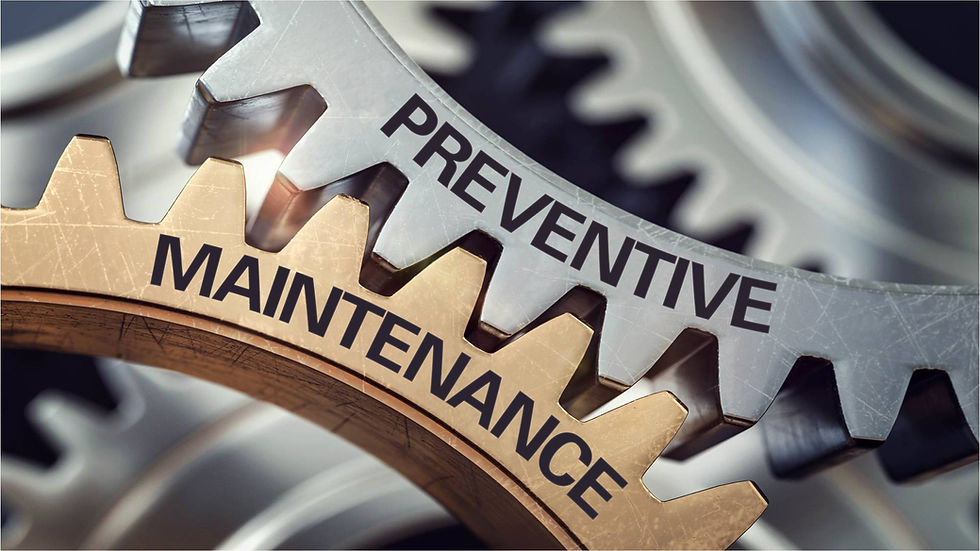Cost to Benefit: High Quality Transducers vs Cheap Transducers
- Bob

- Jun 29, 2024
- 2 min read
A cost-to-benefit analysis comparing high-quality melt pressure transducers to cheaper versions involves evaluating both the initial investment and the long-term impact on operations. Here’s a detailed comparison:
Initial Cost
High-Quality Transducers:
- Cost: $500 - $1,500 per unit.
- Rationale: Premium materials, advanced technology, higher accuracy, and reliability.
Cheaper Transducers:
- Cost: $100 - $300 per unit.
- Rationale: Basic materials, lower accuracy, and reliability.
Accuracy and Precision
High-Quality Transducers:
- Benefit: High accuracy (±0.25% of full scale) ensures precise pressure measurement, leading to consistent product quality.
- Impact: Reduces product defects, ensuring uniformity and customer satisfaction.
Cheaper Transducers
- Benefit: Lower accuracy (±1-2% of full scale) can lead to variations in pressure measurement.
- Impact: Increases the likelihood of product defects, inconsistent quality, and potential customer complaints.
Durability and Lifespan
High-Quality Transducers:
Benefit: Made from durable materials, resistant to wear and high temperatures, lasting 5-10 years.
- Impact: Fewer replacements and lower maintenance costs over time.
Cheaper Transducers:
- Benefit: Lower-quality materials result in shorter lifespan, typically 1-3 years.
- Impact: Frequent replacements increase long-term costs and production downtime.
Maintenance and Downtime
High-Quality Transducers:
- Benefit: Reliable performance reduces the need for frequent maintenance.
- Impact: Minimizes downtime, ensuring continuous production and higher efficiency.
Cheaper Transducers
- Benefit: Higher likelihood of failure and more frequent maintenance.
- Impact: Increased downtime and associated costs, leading to potential production delays.
Long-Term Cost Savings
High-Quality Transducers:
- Benefit: Higher initial cost offset by longevity, reliability, and reduced maintenance.
- Impact: Overall lower total cost of ownership (TCO) due to fewer replacements and lower downtime costs.
Cheaper Transducers:
- Benefit: Lower initial cost but higher frequency of replacement and maintenance.
- Impact: Higher TCO due to frequent replacements, increased downtime, and higher maintenance costs.
Process Efficiency
High-Quality Transducers:
- Benefit: Precise pressure control optimizes production processes.
- Impact: Increases throughput, reduces waste, and improves overall efficiency.
- Cheaper Transducers:
- Benefit: Inconsistent pressure control can lead to process inefficiencies.
- Impact: Higher waste rates, reduced throughput, and lower overall efficiency.
Safety and Risk Management
High-Quality Transducers:
- Benefit: Accurate pressure monitoring prevents overpressure situations.
- Impact: Enhances safety, reduces risk of equipment damage and potential accidents.
- Cheaper Transducers:
- Benefit: Less accurate monitoring increases the risk of overpressure situations.
- Impact: Higher risk of equipment damage, accidents, and associated costs.
Product Quality and Customer Satisfaction
High-Quality Transducers:
- Benefit: Consistent product quality meets customer expectations.
- Impact: Higher customer satisfaction, repeat business, and brand reputation.
Cheaper Transducers:
- Benefit: Variable product quality can lead to customer dissatisfaction.
- Impact: Potential loss of customers, negative impact on brand reputation.
Investing in high-quality melt pressure transducers offers substantial long-term benefits, including improved product quality, enhanced efficiency, reduced maintenance costs, and greater safety. While the initial cost is higher, the total cost of ownership is lower due to longevity, reliability, and efficiency gains. Cheaper transducers, despite their lower initial cost, lead to higher long-term costs and potential risks, making them less cost-effective over time.
To discuss your application please contact our Sales Team at sales@nononsensors.com, or for more technical questions our Tech Team at techsupport@nononsensors.com.





Comments